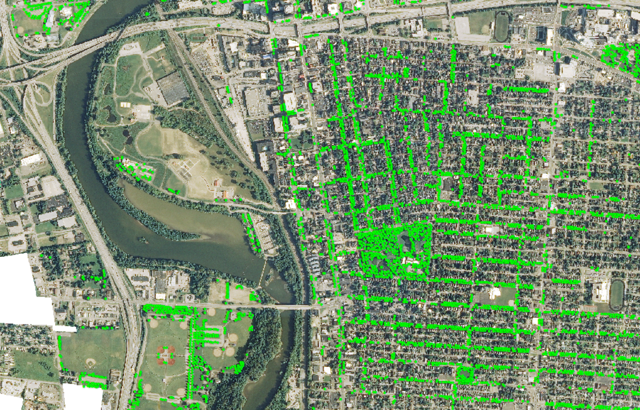The CIty of Columbus manages over 125,000 trees

The City of Columbus maintains an inventory of all public trees, including street and parks trees. This information is collected by physically visiting each tree on public land and collecting multiple data on that tree and is stored and regularly updated in a GIS-based tree management software.
Since the completion of the UFMP, the City of Columbus has made great progress updating data and setting up ways to share this data with communities. Get the latest updates and data here.
Since the completion of the UFMP, the City of Columbus has made great progress updating data and setting up ways to share this data with communities. Get the latest updates and data here.
